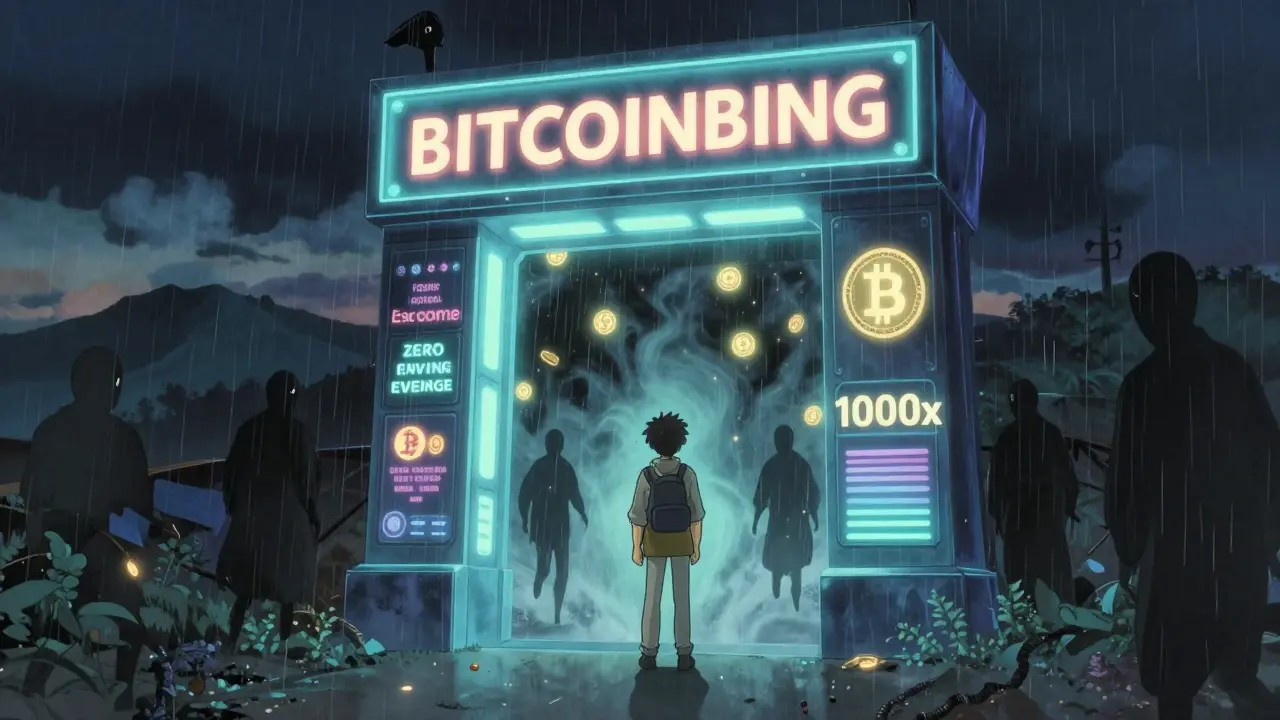Binance Smart Chain: Fast, Low‑Cost Smart Contracts and DeFi Hub
When talking about Binance Smart Chain, a high‑performance blockchain that runs alongside Binance Chain and supports full smart‑contract functionality. Also known as BSC, it uses the Ethereum Virtual Machine, so developers can port existing Ethereum dApps with minimal changes. Binance Smart Chain encompasses BEP‑20 tokens, requires EVM compatibility, and enables DeFi applications that need cheap, quick transactions.
Key Pieces of the BSC Puzzle
One of the core building blocks on BSC is the BEP‑20 token, a token standard that mirrors Ethereum's ERC‑20 but benefits from BSC's lower fees and faster block times. These tokens power everything from stablecoins to governance coins, and they feed the DeFi ecosystem by providing liquidity pools, staking rewards, and transaction utilities.
Another major pillar is Decentralized Finance (DeFi), a set of financial services that run on smart contracts, eliminating the need for traditional banks. On BSC, DeFi projects launch yield farms, lending platforms, and automated market makers that leverage the chain’s speed and cost advantages. This relationship means user adoption of BEP‑20 tokens often rises alongside DeFi growth.
Interoperability matters, too. Cross‑chain bridges, protocols that lock assets on one chain and mint wrapped versions on another let BSC users move Bitcoin, Ethereum, or other assets onto the network without losing value. Bridges connect BSC to the broader crypto world, expanding the pool of assets that DeFi apps can use.
Because of these pieces, the BSC ecosystem now hosts dozens of decentralized exchanges (DEXs), launchpads, and NFT marketplaces. DEXs like PancakeSwap provide instant token swaps, while launchpads help new projects raise funds without a traditional IPO. Each of these services relies on the combination of cheap transactions, BEP‑20 standards, and bridge connectivity to stay competitive.
Security is a constant topic. Validators secure the chain using a proof‑of‑stake model, and the network’s design aims to balance decentralization with performance. Understanding validator incentives, token economics, and bridge risk helps users make smarter choices when they stake, trade, or provide liquidity.
Below you’ll find practical guides, token deep‑dives, and reviews that cover everything from gaming coins on BSC to the latest bridge audits. Whether you’re looking for a quick how‑to, a risk assessment, or a comparison of DeFi yields, the collection gives you the context you need to act confidently on Binance Smart Chain.








